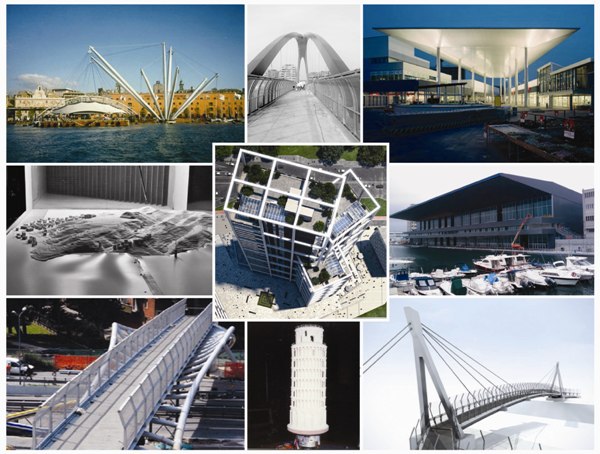Research
Overview
Since about 40 years there is a conspicuous and visible research activity in the field of Wind Engineering and Structural Dynamics, which started in the formerly Institute of Science of Construction (ISdC), then Department of Structural and Geotechnical Engineering (DISEG), Department of Construction, Environmental and Territorial Engineering (DICAT), and now Department of Civil, Chemical and Environmental Engineering (DICCA) at the Polytechnic School of the University of Genova.
This large group of people works well together through the continuity afforded by its permanent staff members and a friendly atmosphere. It is very dynamic through the renewal of those who have temporary positions, the Ph.D. students, and the visiting scholars that come to Genoa from all over the world.
Thanks to its interdisciplinary composition, this group also has the unique property to cover almost all the sectors of wind science and engineering – namely atmospheric physics, meteorology, climatology and geophysics, aerodynamics and aeroelasticity, structural and architectural engineering, environmental sciences and wind energy – with special expertise in structural dynamics.


It manages an unprecedented and unique wind monitoring network in the port areas of Genova, Savona, La Spezia, Livorno and Bastia: it includes nearly 40 ultra-sonic anemometers and 4 LiDAR scanners.
Thanks to these properties this research group is now considered a reference point at the national and international level. Its members have been covering leadership positions in many important boards, associations, conferences, journals, contracts, financed researches, university courses, master and PhD courses, research facilities, codes and standards.
